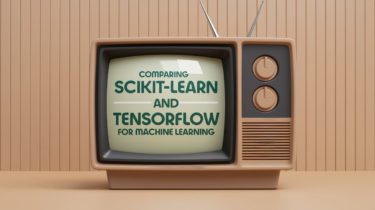It’s time to stop using Python 3.8
Upgrading to new software versions is work, and work that doesn’t benefit your software’s users. Users care about features and bug fixes, not how up-to-date you are. So it’s perhaps not surprising how many people still use Python 3.8. As of September 2024, about 14% of packages downloaded from PyPI were for Python 3.8. This includes automated downloads as part of CI runs, so it doesn’t mean 3.8 is used in 14% of applications, but that’s still 250 million packages […]
Read more



